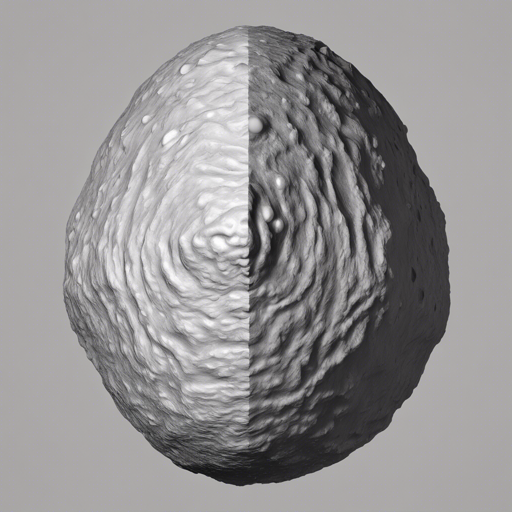In the world of audio processing, working with models such as the Asteroid model can be a great asset. This specific model, trained by Joris Cosentino, focuses on separating audio sources from the noisy background using the Libri3Mix dataset. In this post, we will explore how to effectively implement this model in your own projects.
Getting Started with the Asteroid Model
Before we dive into the technical details, let’s establish what this model does. Imagine you’re at a crowded party with three friends, each trying to talk to you simultaneously. The Asteroid model is like advanced earplugs that help you focus on your friends’ voices while minimizing the background noise. Here’s how you can set it up.
Setup Instructions
- Data Preprocessing: You need to prepare your data. This involves ensuring that you have the right format and that your audio files are set up correctly with a sample rate of 16000 Hz.
- Configuration: Configure the training parameters in a YAML file. Your config should look like this:
ymldata: n_src: 3 sample_rate: 16000 segment: 3 task: sep_noisy train_dir: data/wav16k/min/train-360 valid_dir: data/wav16k/min/dev filterbank: kernel_size: 32 n_filters: 512 stride: 16 masknet: bn_chan: 128 hid_chan: 512 mask_act: relu n_blocks: 8 n_repeats: 3 n_src: 3 skip_chan: 128 optim: lr: 0.001 optimizer: adam weight_decay: 0.0 training: batch_size: 8 early_stop: true epochs: 200 half_lr: true num_workers: 4 - Training the Model: Execute the training script to start training your model. This step will utilize the configuration file you just created. Be sure to keep an eye on the metrics.
- Evaluating Results: After training, evaluate your model on the Libri3Mix min test set to see how well it performed.
Interpreting Results
Upon evaluation, you’ll receive several metrics which are akin to report cards on your model’s performance. For instance:
- SI-SDR: Measures the quality of the audio separation. Higher values indicate better separation. A score of 5.93 suggests decent performance.
- SIR: Source to Interference Ratio, which also reflects how well your model manages to suppress background noise.
- STOI: Short-Time Objective Intelligibility Score provides insight into how intelligible the separated audio is.
Troubleshooting Tips
If you encounter issues during setup or training, here are a few ideas to consider:
- Check your file paths in the YAML configuration—make sure they’re correct.
- If your model fails to train, verify that your dependencies are properly installed and compatible with your setup.
- Monitor the logs closely for any signs of warnings or errors that may give you clues on resolving the problem.
For more insights, updates, or to collaborate on AI development projects, stay connected with fxis.ai.
Final Thoughts
By following this guide, you should be on your way to effectively implementing the Asteroid model and obtaining great results from your audio data. At fxis.ai, we believe that such advancements are crucial for the future of AI, as they enable more comprehensive and effective solutions. Our team is continually exploring new methodologies to push the envelope in artificial intelligence, ensuring that our clients benefit from the latest technological innovations.

